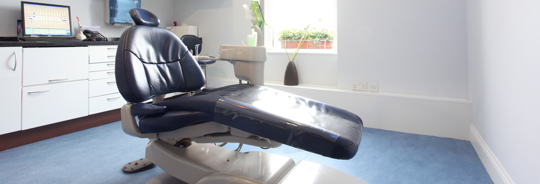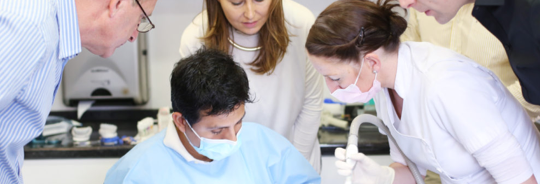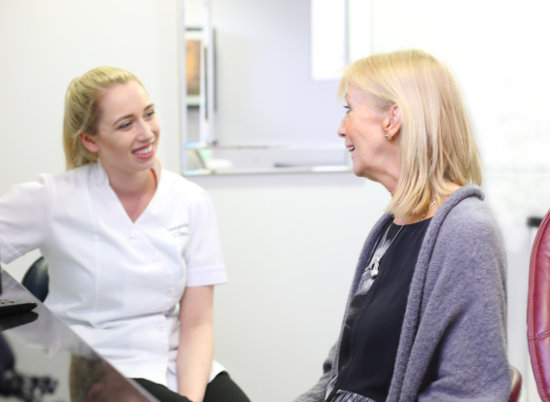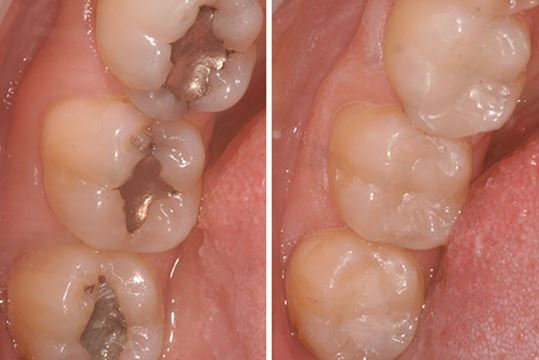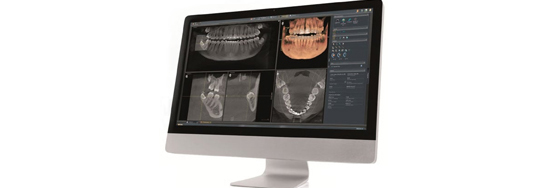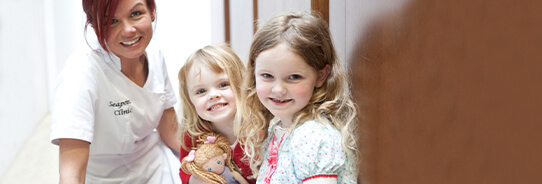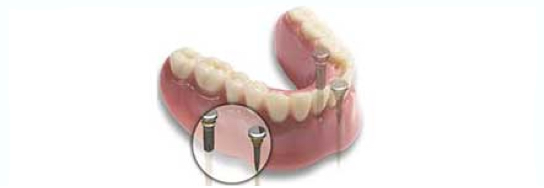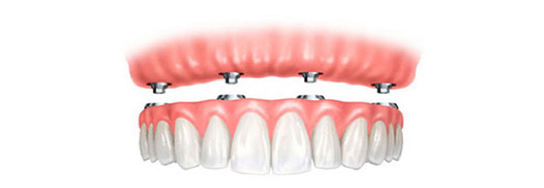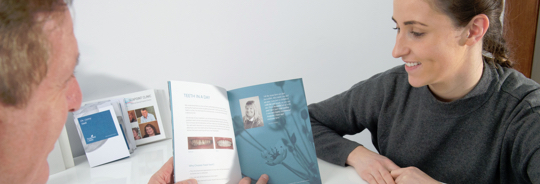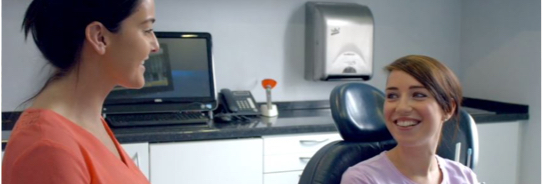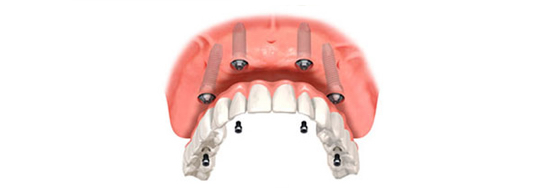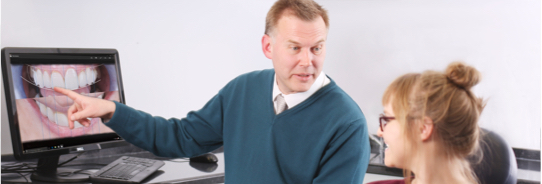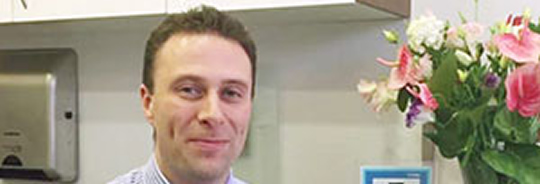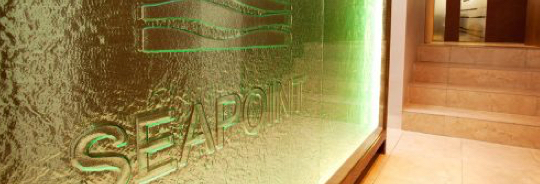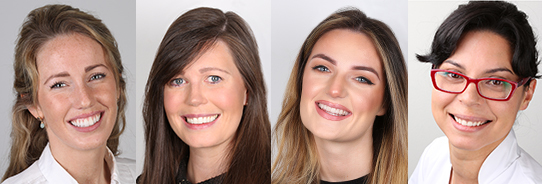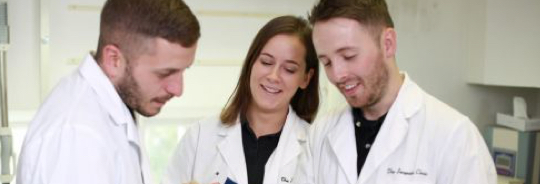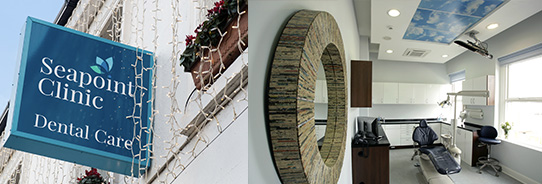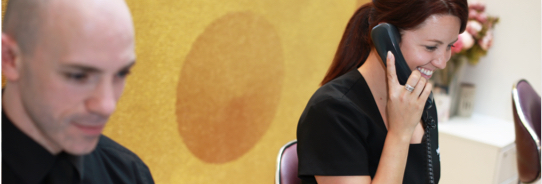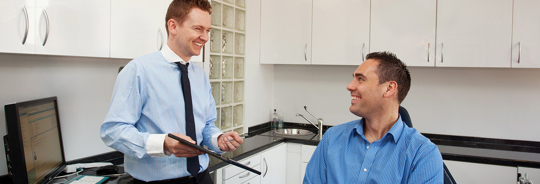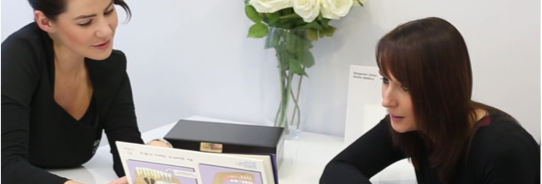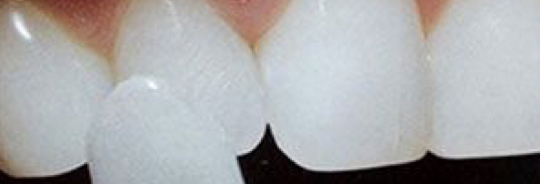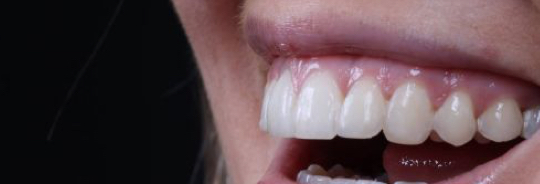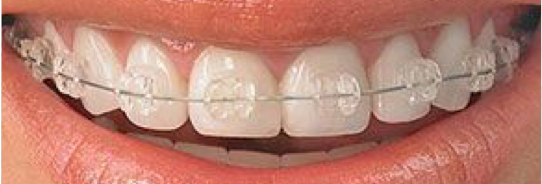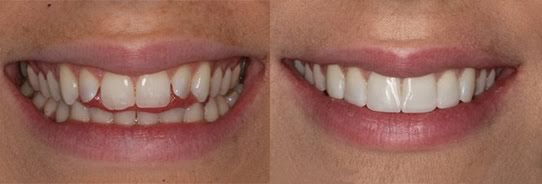
Blog
We post all the latest information here regularly so it's always up to date for you. If there is a topic you would like to have us cover please ask.
1 April 2020
Top Tips To Keep Bad Breath At Bay

Otherwise known as halitosis, bad breath is estimated to be the third-most-frequent reason as to why people seek dental advice, after gum disease and tooth decay. In the majority of cases, bad breath originates in the mouth and the intensity of it van vary day to day depending on certain foods, obesity, smoking and alcohol consumption. As the mouth is often less exposed to oxygen and inactive during the night, the smell tends to be worse (commonly referred to as morning breath). However, bad breath can often disappear following eating, brushing your teeth, flossing and using mouthwash.
In some cases, bad breath can be persistent and may be the result of a more serious condition and can negatively impact a persons social, business and personal life. So, just exactly how can you help combat it?
Clean Your Tongue
The most effective way of combating the causes of bad breath is by gently cleaning the surface of the tongue. This can be simply achieved by using a tongue cleaner or scraper to wipe off the bacterial biofilm, mucus and debris which can build up over the course of the day. Some people often use their toothbrush and are unaware that the bristles on a toothbrush merely spread bacteria throughout the mouth. You should always be careful as to not damage the tongue and avoid the very back of the tongue.
A Healthy Breakfast
Starting the day by eating a healthy breakfast with rough foods is not only good for you, it can help clean the back of your tongue.
Mouthwash
The vast majority of mouthwashes contain antibacterial agents, meaning they are ideal for helping combat the bacteria build up that can cause bad breath.
Proper Oral Hygiene
It should go without saying that maintaining proper oral hygiene including flossing, tongue cleaning and brushing will remove any food debris and bacterial plaque from around the teeth and gum line. By regularly scheduling appointments with your hygienist, they can help remove the more hard to reach areas which may harbour bacteria.


